Stick vs. Nonstick Pans: What’s the Difference?
Stick vs. Nonstick Pans: What’s the Difference?
Let's Learn About Pans
If you’ve ever found yourself hunched over the sink scrubbing stuck-on grime off a pot or pan—and who hasn’t?—then you’ve probably considered purchasing a piece of nonstick cookware. After all, nonstick pans are a delight to use. Foods that might otherwise cling (think: eggs, pancakes, and delicate fish) release with absolute ease, even when cooked in little or no fat. They’re inexpensive, lightweight, and a breeze to clean. So what’s not to love?
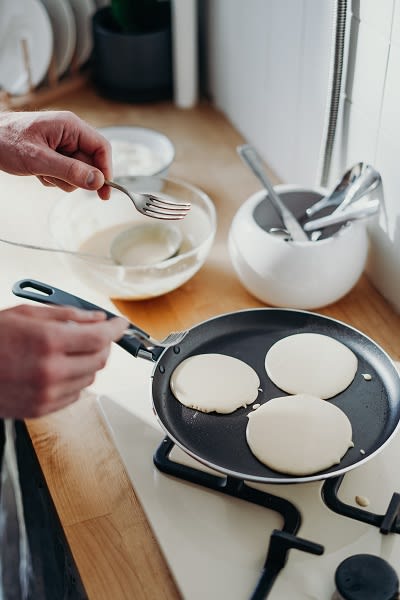
How to Care for & Use Nonstick Cookware
The main issue with nonstick pans is that they require far more gentle treatment than other cookware. What makes a pan nonstick is its coating, usually a synthetic polymer called polytetrafluoroethylene (PTFE). This coating, of which Teflon is the most well-known brand, is not particularly durable and, handled improperly, it scratches and flakes.
According to most manufacturers’ recommendations, nonstick pans can’t be heated above 450° F. (Some more recent models can withstand temperatures up to 500° F.) They should never be used with metal utensils, or cleaned with scratchy scouring pads. While some companies call their cookware dishwasher safe, most recommend hand-washing. (And if you do use the dishwasher, make sure there are no bleach or citrus additives in your detergent or you may risk stripping the coating.)
If you store your pans in a stack, it’s a good idea to place a paper towel or cloth between each of them so they don’t damage one another. And avoid aerosol cooking spray, which creates a film that interferes with the nonstick coating.
Do Nonstick Pans & Cookware Wear Out?

Are Nonstick Pans and Cookware Safe?
Health agencies such as the World Health Organization (WHO) have long raised health and environmental concerns about the compound PFOA, which for decades was used to make Teflon. Teflon has been PFOA-free since 2013, and its replacement, PTFE, is largely considered safe. There are lingering concerns, however, including reports that fumes from overheated nonstick cookware can cause flu-like symptoms.Types of Nonstick Pans
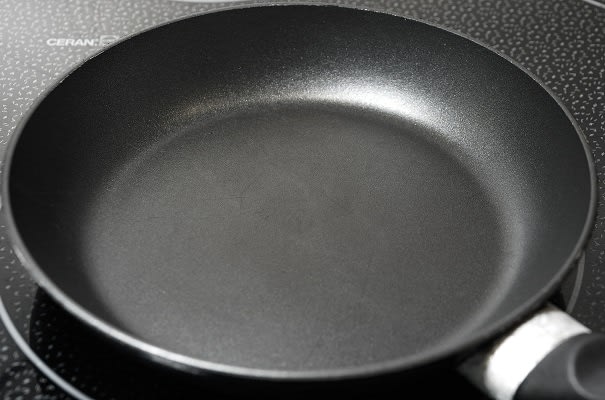
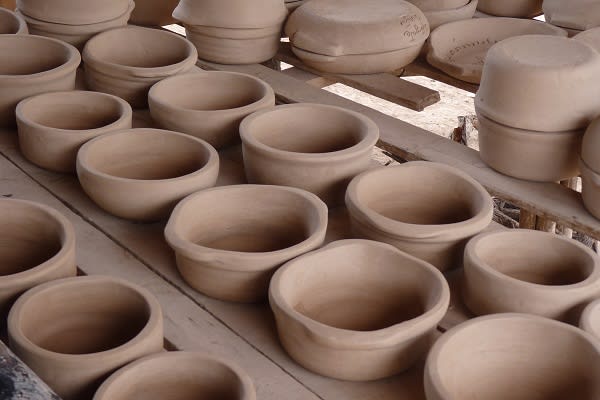
Types of “Stick” Pans (That Are Kind of Nonstick)
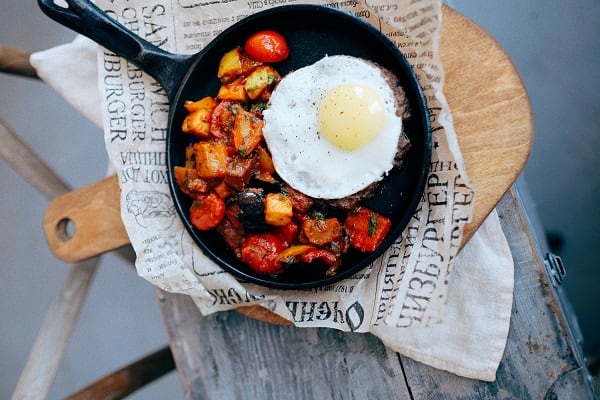
Unlike nonstick cookware, however, cast iron is virtually indestructible. Even a rusted-out cast-iron pan can be saved by re-seasoning.
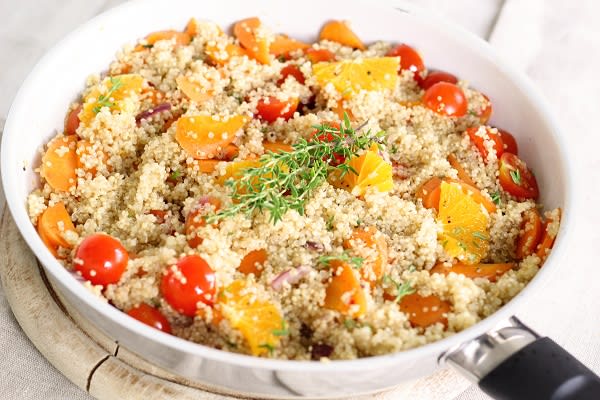
The major benefits of enameled cast iron are that it doesn’t have to be seasoned like regular cast iron, and the enamel coating is a good heat conductor, so it heats more evenly than traditional cast-iron pans.
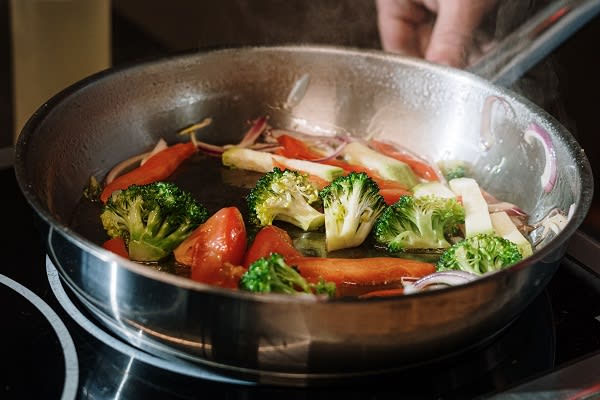
Chefs love stainless steel pans for their even heat distribution, durability, and versatility. And they know how to use them without ending up with a stuck-on mess: The secret is to fully heat the pan before adding butter or oil, rather than adding the fat to a cold pan.
Good-quality stainless cookware can be pricey, but it pretty much lasts forever. It’s dishwasher and scrubby safe, and can be used with metal utensils. It withstands extremely high heat, making it excellent for browning meats, and it goes from the stove to a hot oven—as long as the handle is oven-safe.